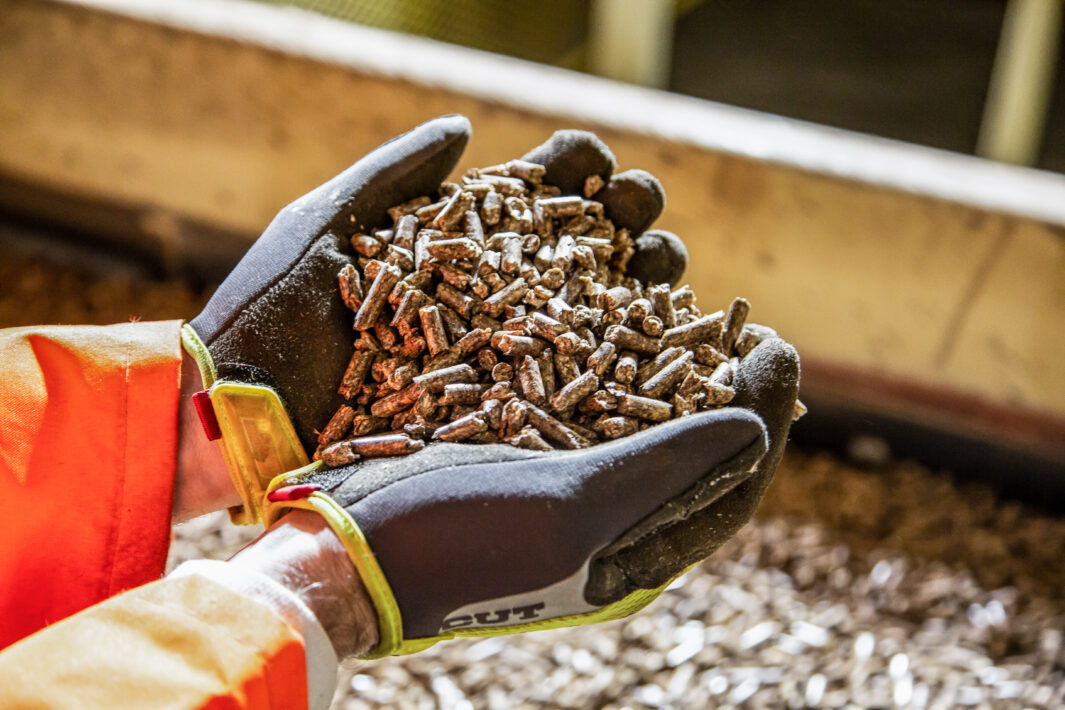Misleading claims about Canada’s wood pellet industry have surfaced again in international media—repeating long-debunked myths about using “whole trees” or “old-growth forests,” including attention-grabbing claims about “250-year-old trees.” These portrayals ignore the broader context of Canadian forest management and misrepresent how Canada’s pellet industry works within an integrated forest sector.
The reality is that over 90 percent of Canada’s forests are publicly owned, meaning that governments—not companies—set harvest levels, regeneration requirements, and biodiversity protections, including those related to old-growth forests. This public governance framework has created one of the world’s most comprehensive systems of forest regulation. A 2020 peer-reviewed study from the University of British Columbia found that Canada has some of the most stringent forest management laws and policies globally, spanning national, provincial and local levels.
Canada’s leadership is also reflected across multiple international frameworks and programs, including those of the United Nations Food and Agriculture Organization (FAO) and certification systems such as the Forest Stewardship Council (FSC), Programme for the Endorsement of Forest Certification (PEFC), Sustainable Biomass Program (SBP) and Sustainable Forestry Initiative (SFI).
Within this system, Canada’s pellet producers operate under the same rigorous laws and certification standards that govern all forest activities—using fibre that would otherwise go to waste, such as sawmill residuals and low-grade wood, to make renewable energy.
The result is a bioenergy supply chain that is legal, transparent, third-party certified and closely aligned with Canada’s climate and biodiversity goals.
By-Products of Responsible Forestry
Pellet producers in Canada do not harvest trees—they are a part of a value chain that seeks to make the most of each tree harvested. Pellets are primarily made from the manufacturing residuals leftover from the sawmilling process when logs are converted into lumber and other high-value wood products. Forest harvesting residuals—such as bark and woody debris—and low-quality and fire-damaged logs rejected by mills, are also a source of raw material.
By making pellets from fibre once burned or left behind, the sector is reducing waste and turning that debris into valuable low-carbon biofuel.
Sustainable Forest Management Is a Legal Requirement
In Canada, forest management is a legal obligation—not a voluntary commitment. In British Columbia, for example, each forest tenure holder must prepare a government-approved management plan, developed by professional foresters with input from experts such as biologists, engineers and archaeologists. In addition, British Columbia’s Old Growth Strategic Review has added new designations and deferrals for old-growth stands within an already extensive protected network.
Pellet producers source fibre only from operations that comply with these management plans and meet stringent certification standards.
Certified, Traceable and Transparent
Canada leads the world in voluntary forest management certification. Nearly three-quarters of the country’s managed Crown forest land is independently certified—covering virtually all of the forest land where harvesting takes place. The remaining areas are largely national and provincial parks, protected conservation lands or remote forests outside the timber harvesting land base.
Within this broader system, all Canadian wood pellets supplied to export markets are certified through programs such as FSC, Green Gold Label (GGL), PEFC, SBP, and SFI, which verify that fibre is sourced from legally harvested, sustainably managed forests. Each step—from forest license to terminal—is third-party verified, assuring governments, investors and customers that Canadian biomass meets the world’s highest standards and complies with sustainability regulations in the UK, EU, Japan and South Korea.
A Circular Bioeconomy That Reduces Waste and Emissions
Canada’s forestry system balances environmental integrity with economic opportunity. Every part of the tree is used responsibly, and nothing is wasted. The sector follows the principle of cascading use, ensuring that higher-value wood products such as lumber and panels are made first, while residues and low-grade fibre are used for bioenergy only when no other commercial use is viable.
This supports local jobs, reduces wildfire risk and displaces fossil fuels. Life-cycle analyses show sustainably sourced pellets cut greenhouse gas emissions by over 80 percent compared to coal—a key tool in the transition to net zero, recognized by the International Panel on Climate Change (IPCC) and International Energy Agency (IEA).
A Proudly Canadian Commitment to Sustainability
Canada’s wood pellet producers are proud participants in a forest sector recognized worldwide for sustainable management. Our practices are grounded in science, transparency and collaboration with government and communities.
While misinformation may surface from time to time, the facts remain clear: Canada’s pellet sector is responsible, certified by independent experts and vital to achieving a low-carbon future.
To learn more visit pellet.org.
Gordon Murray is the Executive Director of the Wood Pellet Association of Canada

